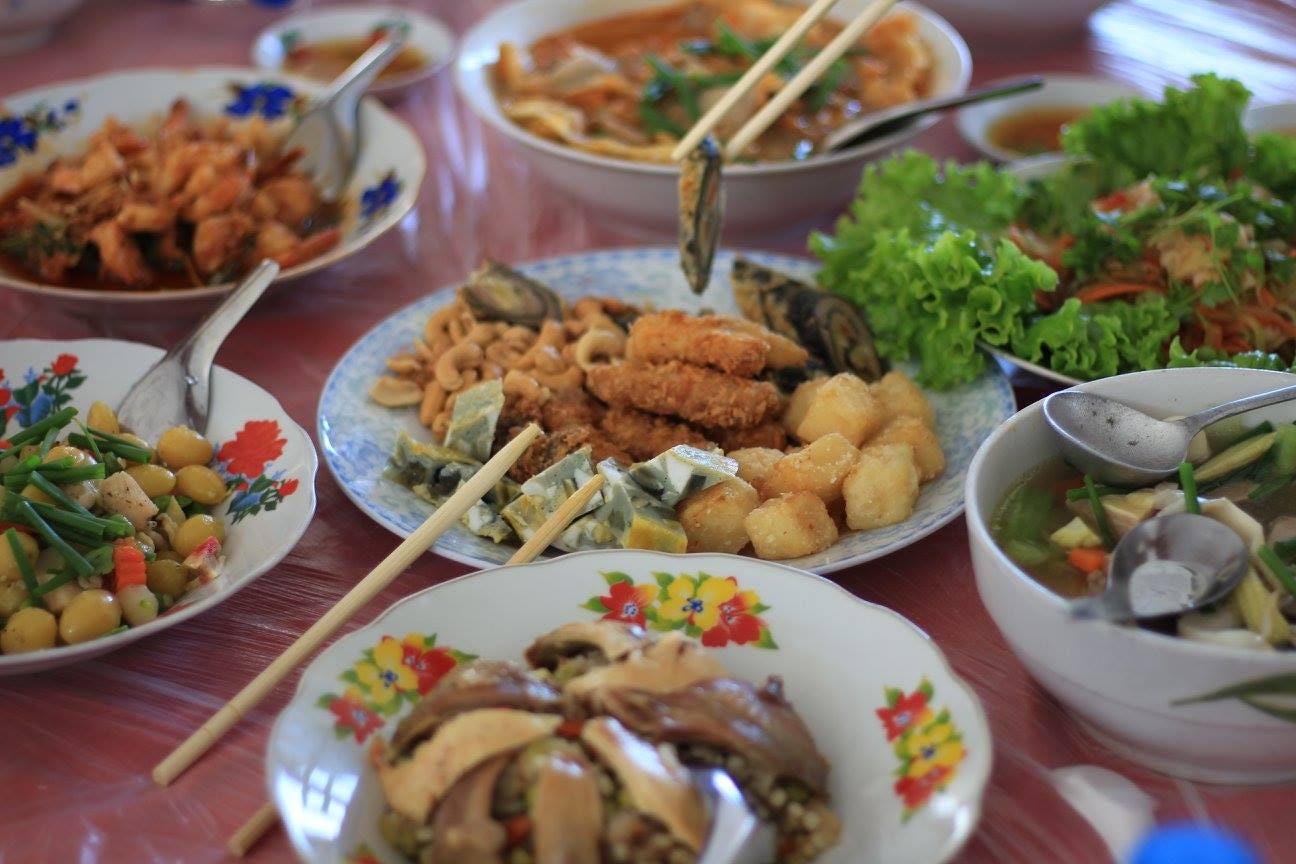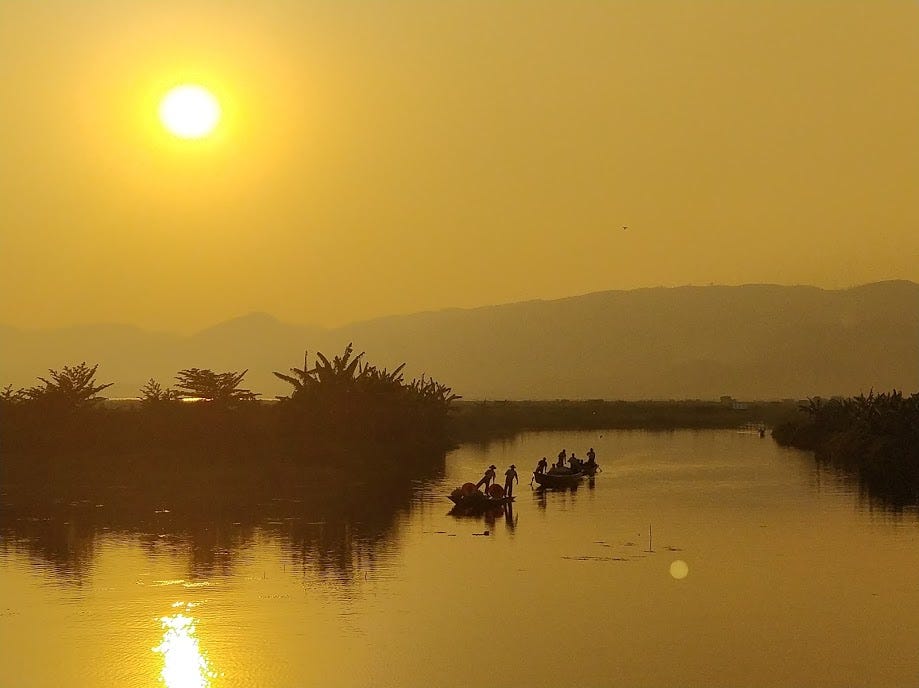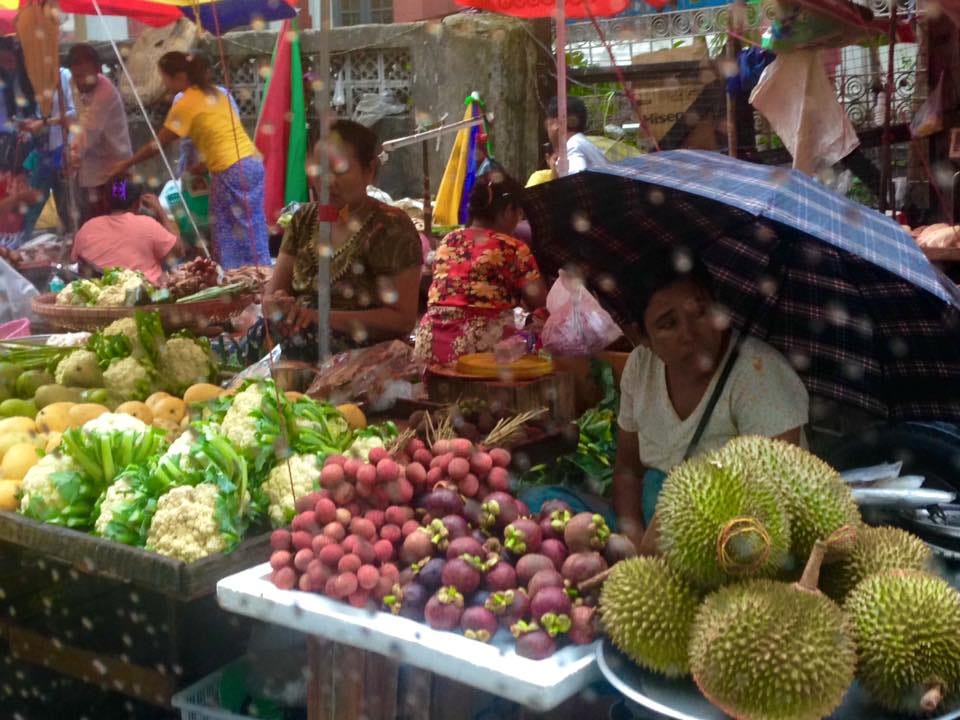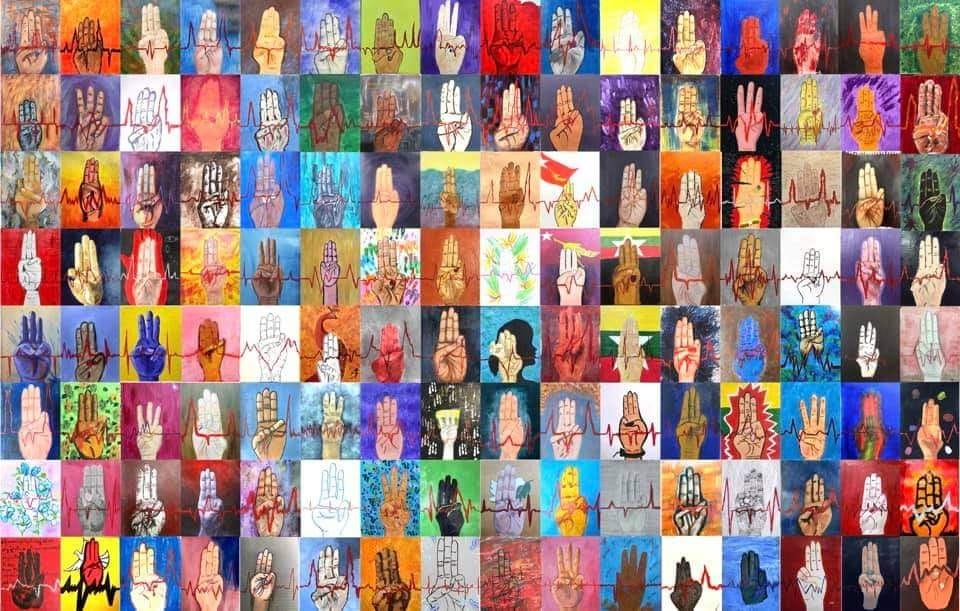Such A Waste
A newsletter about food systems, climate change and everything connected to them
A table of gorgeous food! But it is highly likely some of it will be binned.
Every time we throw away food, we are wasting all the time and resources - land, water, energy, manpower, fertiliser - that goes into growing, harvesting, transporting and packaging it, whether it’s a carrot, a slice of bread or scraps of meat.
And when that food goes to rot in a landfill, it also releases methane, a greenhouse gas that is actually more potent than carbon dioxide because it traps 28 times more heat. A 2020 paper by the Global Carbon Project said global methane emissions are reaching record highs, driven primarily by coal mining, oil and natural gas production, cattle and sheep ranching, and landfills.
So on the face of it, food waste seems like something that could be easily remedied because really, who wouldn’t want to reduce it? And it is very tangible. But once you dig deeper, you start seeing the challenges, including difficult questions like whether the cheap cost of food is encouraging wasting in some places.
But the biggest challenge is the lack of data because if we don’t know the extent of the problem, how do we tackle it effectively?
For many years, we used the same statistics - one-third of all food produced in the world is lost or wasted and if food wastage were a country, it would be the third largest emitter of greenhouse gases. But these figures are from a 2011 assessment done by the U.N.’s Food and Agriculture Organization (FAO).
In October 2019, the FAO partially updated these numbers with a “Food Loss Index” which measures losses between harvest and markets. The global average was 14% but 20% in central and southern Asia. The main report is here and my story on that report is here.
Drum Rolls Please!!!
And….. now we have the other half of that equation! Yesterday (Mar 4), the United Nations Environment Programme (UNEP) and U.K.-based WRAP launched the “2021 Food Waste Index Report” that calculates waste at the retail and consumer levels. Taken together, these two indices give us, for the first time, a complete and most-accurate-to-date picture of how much food we are losing and wasting.
The Findings
So how much are we wasting and where?
- Households, retailers, restaurants and other food services binned an estimated 931 million tonnes of food, or 17% of total food available to consumers in 2019.
- This is the equivalent of 23 million fully-loaded 40-tonne trucks, which if placed bumper-to-bumper, is enough to circle the Earth 7 times.
- This appears to be more than twice (emphasis mine) the previous FAO estimate. GULP.
- Households account for most of this waste (11%), followed by food services (5%) and retail outlets (2%). This comes up to 18% instead of 17%, but that's because of rounding, according to UNEP.
- The amount of food wasted at home is broadly the same across countries regardless of whether they are high, upper-middle or lower-middle income countries. This is interesting because the thinking before was that food loss happens in developing countries and food waste occurs in developed nations.
- However, data gaps still exists, particularly at the household level in low-income countries, small island states, Central Asia and Northern Africa so there is a large chunk of the world where the data was extrapolated rather than collected (emphasis mine).
- There is also a broad lack of data at the food service and retail levels, except for high-income countries.
Key things to note
- This Index considers “total food waste, meaning both the edible and inedible share of food items.” This means, “A country having high household food waste does not, therefore, necessarily mean that a high amount of edible food that is suitable for human consumption is being wasted.”
- The report says you should not combine the Food Loss Index and Food Waste Index to get a single number. This is because of the differences in scope - meaning food losses are estimated on a commodity-by-commodity basis and includes losses for all sorts of utilisation, not just for human consumption, whereas food waste looks at the final product - and the Food Waste Index includes inedible parts.
- The report also outlines a framework countries can use to measure food waste and track progress on the U.N. Sustainable Development Goal 12.3 which is to halve food waste by 2030.
Want to tackle food waste…
But unsure how to start? Hopefully some of the sites, apps and innovations below can help (or) inspire you. I’ve chosen these based on what would be most useful as individual consumers but included some cool companies that are worth supporting. Thanks to folks who saw my call last week and sent in some brilliant ideas.
- Eat or Toss is a great website run pretty much single-handedly by Rachael Jackson. I quoted her in this piece I wrote last year about how the coronavirus pandemic has led consumers in Europe and U.S. to become much more conscious of food waste. It also featured WRAP and ReFed that do very cool advocacy stuff.
- OLIO is a UK-based app used in over 50 countries that allows neighbors and local businesses to share surplus food with each other. I wrote about them in 2017 with a great headline that called them “Tinder for food” (Thanks Ros! ).
- Too Good To Go is another cool app, originated in Denmark, that’s aimed at reducing food waste. It links businesses that have surplus food with users looking for good, delicious food at a good price. Check out their YouTube channel for recipes and tips and tricks. Here’s one that uses stale bread to make cookies.
- Mimica creates cool, next generation ‘used by’ labels that are based on touch. Apparently they are activated as soon as they are attached to the food package, is calibrated to spoil at the same rate as the target food, and accurate to a few hours. Here’s a short video about their label.
- This is more for industrial clients, but I thought MAEKO https://www.maeko.com.my/, a Malaysian company that has designed a composter that can convert food waste into compost in 24 hours, was worth mentioning.
- Goodr redirects surplus food from businesses in Atlanta to communities in need through non-profits. The founder talks about the evolution of her company in this video.
The title of this week’s newsletter could also be applied to my home country, rich in both human and natural resources and biodiversity, but mismanaged for so many decades it still has not left the “Least Developed Country” status. Now the junta rules again, purely through guns and terror, and while some people may dismiss this as an internal political issue, there are many losers here, including the environment.
A story of “layered tragedies”
On Wednesday, I wrote a story for Climate Home News about what the coup could mean for projects to combat climate change and biodiversity loss, which are really important for a poor and disaster-prone country like Myanmar.
The short answer, if I may quote an expert I interviewed, is, “Nothing good”. The long answer is in the article and please read that before continuing below.
Essentially, almost all development work has been suspended, at least temporarily, while donors scramble to find ways to assess the situation and re-channel funds and projects directly to communities instead of through the government. And this includes work on climate.
Also, the coup - and the violent crackdown against protesters - is happening amid a raging pandemic which has worsened inequality and poverty in Myanmar.
Which is why Patrick Arnold, CEO and Founder of 10 Billion Strong, said, “This seems to be a story of layered tragedies.”
How vulnerable is Myanmar to climate change?
First, let’s clear this up - many people will say Myanmar is one of the countries most vulnerable to climate change, citing German Watch’s Global Climate Risk Index which puts the country no. 2 on the list of 10 countries most affected by disasters from 2000 to 2019.
But here’s the thing - that number is skewed by the monster storm Cyclone Nargis which hit the rice-growing Irrawaddy delta region in 2008 and killed more than 130,000 people. That doesn’t mean Myanmar is not vulnerable though. It is.
1. Like I said in an earlier issue, Myanmar is still an agrarian country and agriculture is very sensitive to changes in weather.
And while big storms and earthquakes get a lot more column inches, droughts and water scarcity are the elements that are affecting people the most in many parts of Myanmar, said Tomas Derville, an independent consultant I spoke to.
While it’s well-known that the aptly-named Dry Zone is struggling to manage water, other parts of the country, like in Mon State in the east, aren't getting enough rain, he said.
2. Some of Myanmar’s poorest communities live in places that are increasingly exposed to climate-related disasters, like riversbanks and deltas where the soil is fertile.
This means when a natural disaster hit, they are like sitting ducks.
3. Social safety nets are non-existent.
Forget health insurance or retirement savings. Beyond receiving help from the government and aid agencies - if such help is available - there is little to cope with the impacts of a terrible weather event.
What would the junta do?
Unfortunately, the rapacious junta is not known for its ‘green’ credentials beyond the colour of their uniforms. For decades, it shored up its brutal power through income from extractive industries - oil, natural gas, mining precious stones - and massive and illegal logging, with little regards to the land and human rights of communities affected by these activities.
Between 1990 and 2015, Myanmar was among the tropical countries with the highest rates of deforestation, just behind Brazil and Indonesia, according to the Myanmar government’s own documents.
So it is little wonder activists who work closely with minority ethnic groups said they are are very concerned about further human rights violations in ethnic areas, which happen to be biodiversity hotspots & rich in natural resources.
Many fear deforestation could worsen too and the revival of environmentally destructive projects like the Myitsone Dam in Kachin State in northern Myanmar which would have flooded an area the size of Singapore.
What does it mean for climate work in Myanmar?
Here is what an international aid agency working on climate issues told me.
“The climate crisis will not slow because of a military coup. The present political crisis – and the breakdown of governance and the economy, such as the banking sector collapse, will be a huge challenge for all communities, particularly the most marginalised groups. Community resilience will be essential – but will likely be stretched and disrupted, and will need support.”
“The shifts in power and policy that will occur in the coming months will redefine Myanmar’s political, economic and social landscape for years to come. These decisions will have major implications for vulnerable people’s ability to adapt to climate change.”
“It is difficult to predict the consequences this coup will have in relation to climate change policy implementation, but there is the concern that the most vulnerable communities will again suffer the most and that little, if any, progress will made on this front in the near future…. If and when legitimate governance and policy development resumes in Myanmar, climate change mitigation and adaptation strategies and policies may not be a top priority.”
And therein lies the rub.
Even if the situation settles down, it will take a while for the international community to re-engage. It took about three years and a flawed election in Thailand, which experienced a coup seven years ago, for this to happen, and in Cambodia, which dissolved the main opposition party in 2017, the engagement is still limited, Matthew Baird, another expert told me.
“It's an environmental catastrophe” for Myanmar, he said.
Protest tales
I’ll keep this one short as it’s more political than climate/food-related. Some of you know I co-founded the oral history project The Kite Tales with Kelly, who is a good friend and fellow journo. Over the past two weeks we have been publishing personal stories of people in Myanmar, particularly from minority ethnic groups, who have been taking part in the protests and the Civil Disobedience Movement, from teachers and doctors to students. Do check them out here if you’re interested.
Have a great weekend! Please feel free to share this post and send tips and thoughts on twitter @thinink, to my LinkedIn page or via e-mail thin@thin-ink.net.












Thanks for tackling waste, Thin! It seems like there's a gap--and so an opportunity--for working in the space of overlap between Food Loss and Food Waste. That is to say, at the industrial/production scale of the former but with the behavior change goals of the latter.